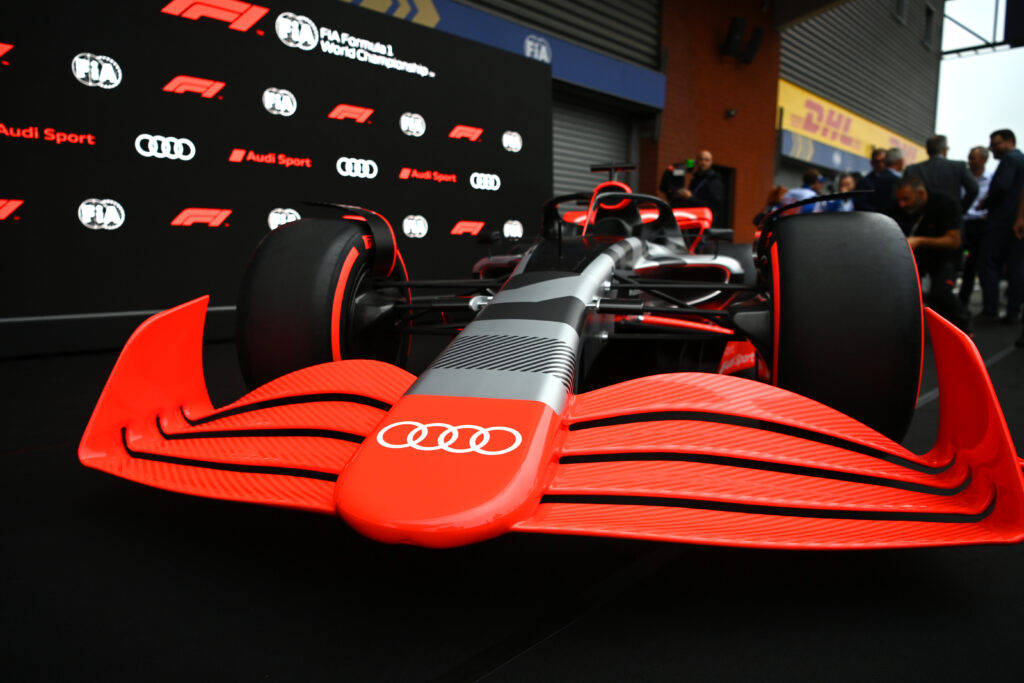Ferrari driver Lewis Hamilton has voiced his concerns over Formula One’s regulation change for 2026.
Fresh off the back of his first home Grand Prix as a Ferrari driver, Hamilton will be hoping to bring his race pace from Imola into the rest of the season, with the seven-time world champion finishing fourth after starting 12th on the grid.
Up next is the jewel in F1’s crown, the world-renowned Monaco Grand Prix, a race Hamilton has won three times.
| Standing | Team | Points |
| 1st | McLaren | 279 |
| 2nd | Mercedes | 147 |
| 3rd | Red Bull | 131 |
| 4th | Ferrari | 114 |
The Prancing Horse currently sit fourth in the Constructors’ standings, but Ferrari team principal Frederic Vasseur believes a ‘game-changing’ technical directive could shake up the pecking order in the coming weeks.
Lewis Hamilton’s 2026 fear
The 2026 regulation change has been a topic of conversation between the drivers and teams this year and has already gained quite a negative reputation.
Hamilton has now reaffirmed that notion and is pessimistic about the upcoming changes to F1.
“I don’t think it’s going in the right direction, personally,” Hamilton told Sky Italia.
“Maybe I’ll be surprised next year. Maybe we arrive and the cars are really nice.”
Hamilton began 2025 in search of F1 history, but has struggled to adapt to the Ferrari car.
“With the direction we’re going, we’re going slower,” explained the British driver. “The cars are getting heavier.
“I mean, next year, I guess they are getting lighter, but this generation of car is the heaviest car that I’ve raced.
“For me, I miss the sound. When you hear a V12 Ferrari, it’s the passion.
“With V6s — it’s a good direction to go for the world in terms of sustainability, I think it’s been positive in that respect.
“But you can’t get away with the fact that the sound is not the same as it was when you watch Michael Schumacher’s car from 2003 come past, and it’s like, ‘ah!”
What is happening to F1 cars next year?
The 2026 rule changes are currently clouded in negativity, but what is actually changing?
Well, the new regulations are centred around making the new cars more “nimble” while making them better in wheel-to-wheel combat.
DRS has been removed, with active aerodynamics returning in its place, all part of a bid to improve racing.
Downforce on the cars will be reduced by 30 per cent, with drag reduced by 55 per cent.
The major change on the power unit side comes with a 300 per cent increase in electrical power coming from the battery alone. The power unit has also been simplified with the removal of the MGU-H. They will also be run on 100 per cent sustainable fuels.
F1’s crop of drivers are mainly concerned that the cars will be slow, and unenjoyable to drive, ultimately reducing the sport’s spectacle.
Speaking in 2023 during the post-race press conference at the Austrian Grand Prix, World Champion Max Verstappen condemned the upcoming changes: “To me, it looks terrible. It looks very bad, from all the numbers and the data that I’ve seen already. It’s not something that I’m very excited about.

“It looks like it’s going to be an ICE [internal combustion engine] competition, so whoever has the best engine, will have a big benefit. But I don’t think that should be the intention of Formula 1 because then you will start a massive development war again and it will become quite expensive.
“We have to seriously look at this because 2026 is not far away.”
Time will tell whether the drivers were correct to feel concerned, or if the 2026 regulation change improves the current standard of racing.
The post How Lewis Hamilton feels about F1’s proposed car changes in 2026 – his mind is already set appeared first on HITC.









